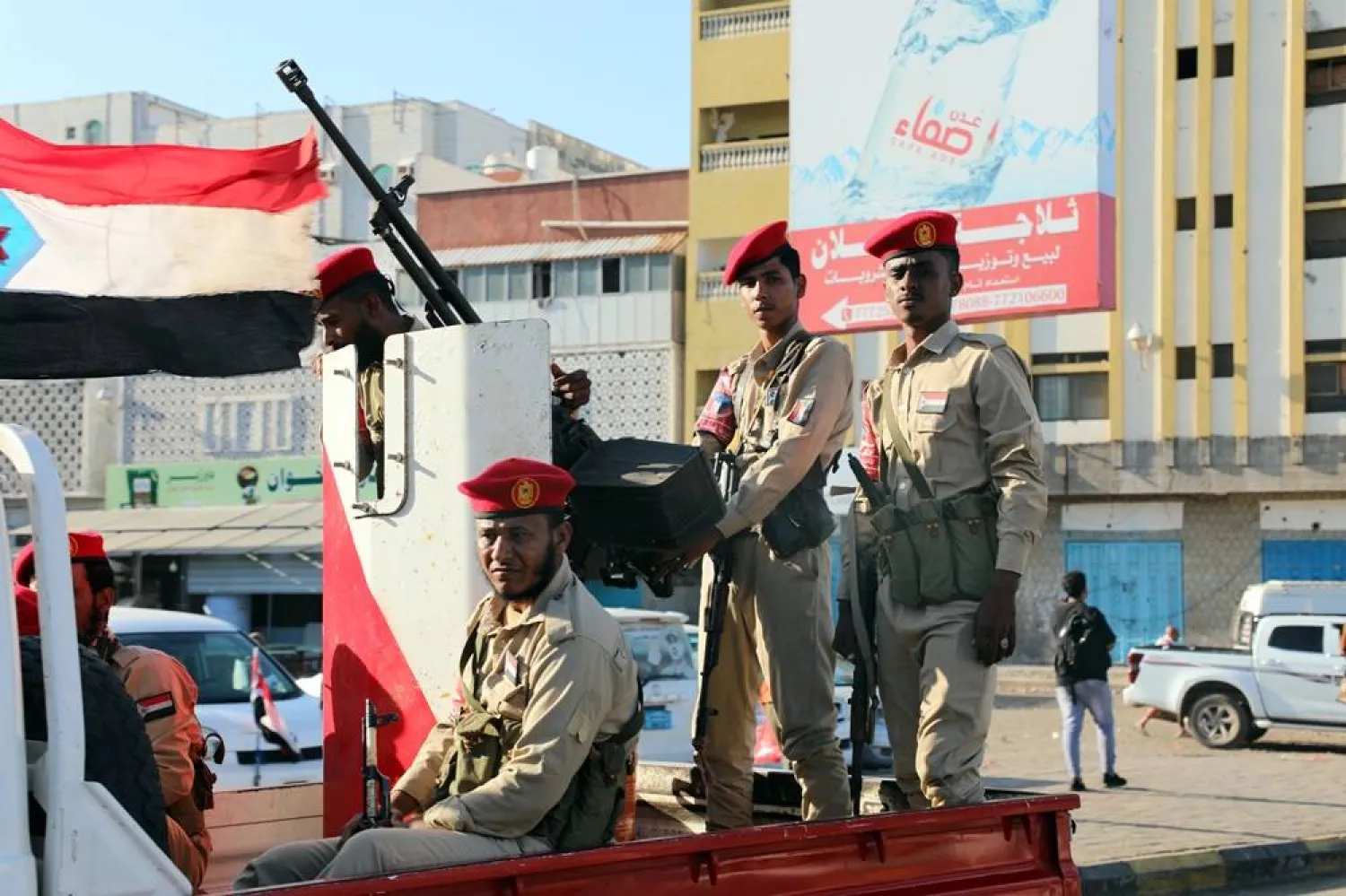Saudi Arabia’s General Directorate of Passports has ramped up technical and staffing readiness at all border crossings to accommodate the influx of Hajj pilgrims arriving from around the world, with numbers expected to exceed 1.6 million this season.
Speaking to Asharq Al-Awsat, Directorate spokesperson Major Nasser Al-Otaibi said the agency began early preparations by holding intensive workshops and training programs to boost the skills of staff stationed at crossings. The aim, he noted, is to improve their ability to handle the high volume of pilgrims efficiently.
Al-Otaibi added that preparations for this year’s pilgrimage include deploying qualified personnel to international crossings and equipping them with advanced technologies to streamline immigration procedures. Special measures are also in place to assist elderly pilgrims and those with disabilities.
Additionally, Saudi Arabia has introduced cutting-edge technologies at its border entry points this Hajj season, including a mobile counter device designed to streamline the arrival process for pilgrims.
Al-Otaibi said that the mobile counter operates using artificial intelligence and innovative digital solutions, allowing immigration procedures to be completed without requiring pilgrims to queue at traditional counters.
The unit can process and verify travelers’ data within the passport system, authenticate travel documents and visas, and register biometric data, including fingerprints and facial recognition.
To further facilitate communication with pilgrims from around the world, Al-Otaibi said the Directorate has deployed smart translation devices that use AI technology to support over 138 languages.
These electronic translators are now widely used at border crossings and international airports, enabling staff to assist non-Arabic speakers swiftly and effectively. The tools also translate image-based text and support travelers who may be illiterate.
As the number of arriving Hajj pilgrims swells, the Directorate is implementing a two-phase operational strategy for arrivals and departures to ensure smooth processing at international entry points, Al-Otaibi revealed.
He explained that the strategy involves deploying multilingual, highly trained personnel across all land, sea, and air entry points to manage the growing flow of pilgrims from abroad.
The directorate has also equipped these locations with advanced technologies aimed at expediting procedures and enhancing service delivery for the pilgrims.
Pilgrim arrivals began intensifying in late April, with the majority entering the Kingdom via air. The King Abdulaziz International Airport in Jeddah and Prince Mohammed bin Abdulaziz International Airport in Madinah are handling the highest volume of incoming pilgrims.









